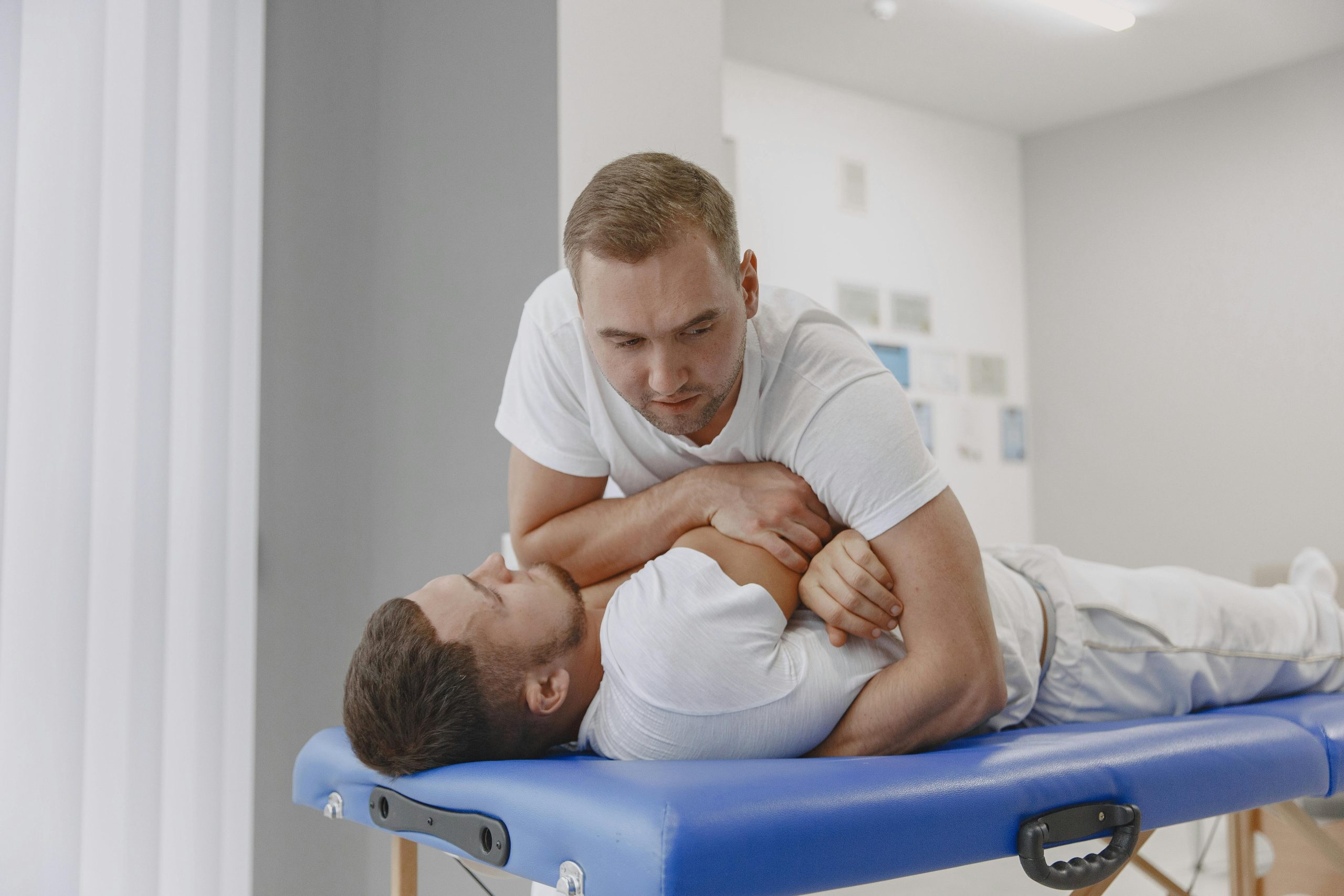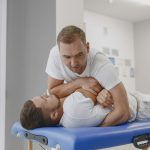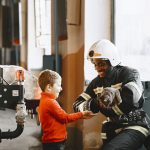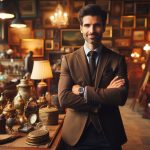“You’ll probably never walk normally again,” the doctor said after my motorcycle accident. I was 23, a former college athlete, and suddenly I couldn’t even get out of bed alone. But he was wrong. Today, I not only run marathons – I own “Second Chance Recovery,” the largest rehabilitation center in Boston, helping others find their way back to movement.
But in 2020, I was just Jamie Sullivan, lying in a hospital bed, watching my professional soccer dreams shatter along with my left leg.
The Darkest Days
The first weeks were a blur of pain and depression. Six surgeries. Two metal rods. Fourteen screws. My leg looked like a hardware store blueprint. The only light in those dark days was my physical therapist, Dr. Sarah Chen.
“Pain is just weakness leaving the body,” she’d say, pushing me just enough but never too far. While other medical staff saw charts and x-rays, she saw me – the athlete trapped in a broken body, the spirit that needed healing as much as the bones.
The Turning Point
Three months into recovery, I watched Dr. Chen work with an elderly stroke patient. The gentleness in her strength, the way she knew exactly when to push and when to pause – it was an art form.
“How did you know?” I asked her. “Know what?” she replied, helping me with my exercises.
“Know that he needed encouragement more than force just then?”
She smiled. “Because I was once in his shoes. Stroke, age 28. Took me two years to recover.”
That moment changed everything.
The Decision
I started paying attention differently during my sessions. Not just to my own healing, but to the science behind it. The way different muscles compensated, how the mind-body connection worked, the psychology of recovery.
Dr. Chen noticed my interest. She started explaining the theory behind each exercise, the anatomy involved, the healing process. My hospital room became a classroom.
The Journey Begins
Six months after my accident, still using a cane, I enrolled in prerequisite courses for physical therapy school. My professors were skeptical – how could someone still in therapy themselves hope to help others?
But I had a secret advantage. Every anatomy lesson was personal. Every rehabilitation principle I learned, I tested on myself first. My own recovery became my first case study.
The Student Becomes The Healer
Physical therapy school was brutal. Studying until midnight, therapy sessions at dawn, learning to walk properly between classes. But every challenge reinforced my purpose.
I started a study group for my classmates called “Patient Perspective,” sharing insights from the other side of recovery. Soon, professors were asking me to speak to their classes about the psychological aspects of rehabilitation.
The Vision Forms
During my clinical rotations, I noticed a gap. Most rehabilitation centers were either too clinical or too much like gyms. Few addressed the emotional journey of recovery alongside the physical.
I wrote a business plan between patients. “Second Chance Recovery” would be different – a place that healed both body and spirit.
Building the Dream
After graduation and certification, I worked three jobs to save money. Physical therapist by day, rehabilitation consultant in the evening, weekend trainer at a gym. Every dollar went toward my dream.
Dr. Chen became my mentor, then my business partner. “Your accident wasn’t just about you,” she said. “It was preparing you to understand others.”
Today’s Reality
“Second Chance Recovery” opened its doors in 2023. Our facility looks nothing like a traditional rehabilitation center. We have:
- Healing gardens for meditation between sessions
- Support group spaces
- Athletic training areas
- Mind-body connection rooms
- Family education centers
Every therapist we hire must first experience therapy from a patient’s perspective. We pair them with recovered patients who teach them what recovery feels like from the other side.
Full Circle
Last month, a young soccer player came in after a career-ending injury. I saw the same despair in her eyes that I once had. After our session, she asked how I could understand exactly what she was feeling.
I showed her my scars, told her my story. “This isn’t the end,” I said. “It’s just a different beginning.”
She’s now enrolled in pre-med courses.
The Legacy
Dr. Chen still works with us, though she’s technically retired. “I’m not done teaching yet,” she says, mentoring our new therapists in the art of healing both body and spirit.
Looking Forward
We’re opening our second location next year, with a special focus on athletes transitioning to new dreams. The entrance will feature a wall of success stories – X-rays turned into art, wheelchairs transformed into planters, pain transformed into purpose.
P.S. That doctor who said I’d never walk normally? He referred a patient to us last week. “Because sometimes,” he admitted, “healing takes more than medicine. It takes someone who’s walked the path themselves.”
And my old cane? It’s mounted in our lobby with a simple message: “Every ending is just a new beginning in disguise.”










